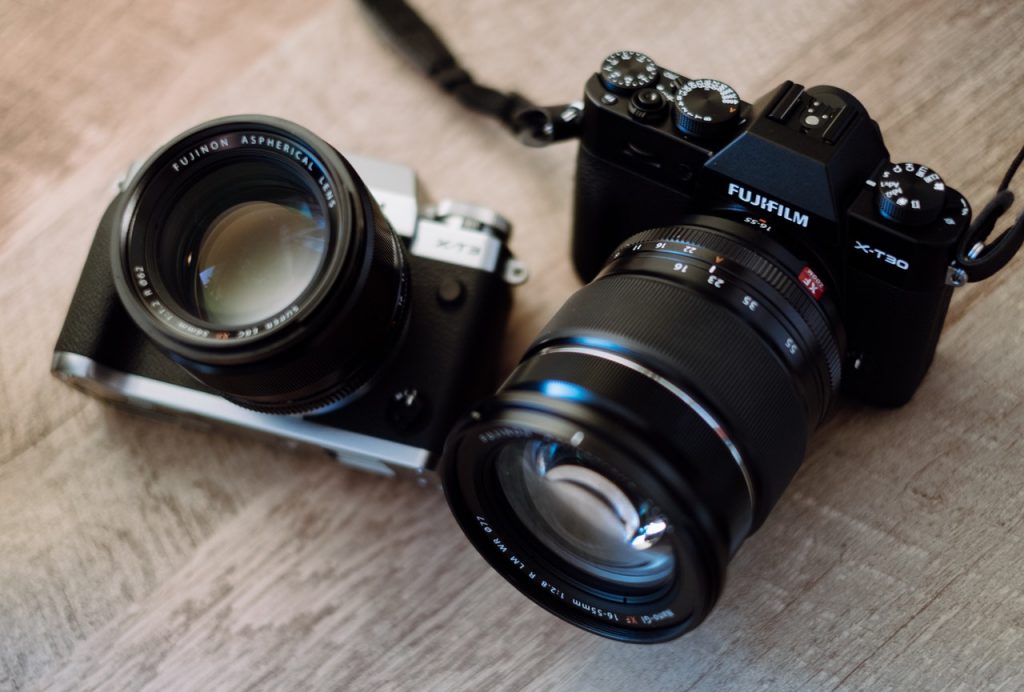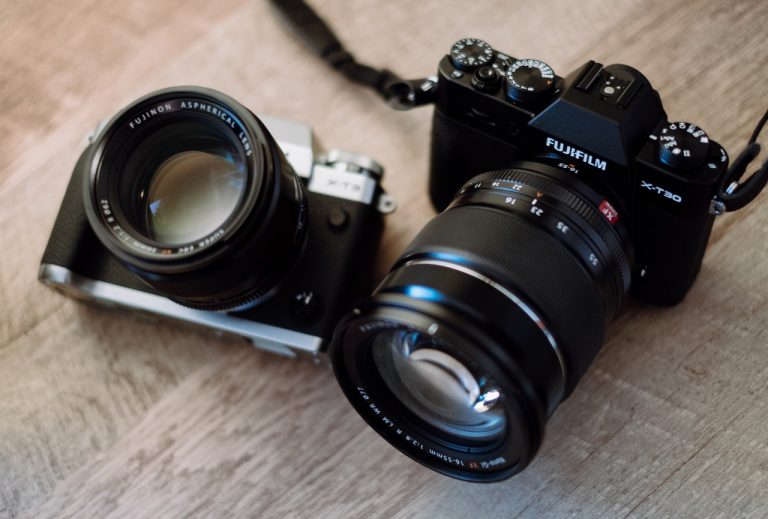Cameras are one of the most important devices that we own. They record images and store them in our minds for future use or to share with others. However, when it comes to actually using cameras, most people tend to just use them to take pictures. The truth is that most of us don’t know much about how they work or why they are so useful. This article will take a look at some of the functions that cameras perform and how they can be used.
A camera is basically an optical device that takes a digital image. At a simple level, cameras are simply sealed boxes with a tiny hole which allows light into the camera to take a picture. However, cameras have different mechanisms to manipulate how the light hits the light sensitive surface of the camera.
Most digital cameras work by using an image sensor (same image sensor that is found in your digital camera) to detect light and then trigger the shutter and start the process of taking a picture. There are many different types of cameras work in slightly different ways, but fundamentally, they all start by the same principles. One of the most common types of cameras work by using a diode. When this diode is hit by light, it will produce an electric current.
This electric current is what drives the camera’s drive motor. The motor is what keeps the camera stable so you’ll never have to worry about the camera falling over and causing damage to anything around it. This is the reason most camera tend to use lenses instead of dslr cameras (although the latter do have their place). By using interchangeable lenses, you can change both the angle at which you take a photograph and the depth of field which is the distance that an object is from the center of the lens. This allows for some pretty impressive photography and allows for some great photo editing after the fact, when you know the technical side of photography (this is another reason why dslr cameras are better).
A major difference between a DSLR and SLR camera happens with the way that they use the focal point of the lens. With an SLR camera, the lens is typically fixed and focused as opposed to an Aps-C camera which has a removable lens mount. The latter is typically more popular amongst landscape and action photographers since it provides the photographer with a greater degree of versatility and can capture movement or moving objects without the need for a tripod. Some photographers prefer using aps-c cameras for indoor photography simply because it eliminates the need for a focusing screen. Another advantage of using an aps-c is that they allow you to use manual shutter speeds without any need for a monitor.
The last major difference between a DSLR and SLR is the camera lens and the LCD screen. DSLRs provide photographers with an option between single lenses and multiple lenses which greatly simplifies the ability to photograph moving subjects and does away with the need to physically hold a physical mirror to focus the lens. In addition, the lack of a monitor reduces the possibility of “perturbation”, which is the sudden change in color or brightness of a photographed subject brought about by light. Digital photography has advanced tremendously and the advances in technology have brought about some pretty incredible products for both beginning photographers and pros alike.





